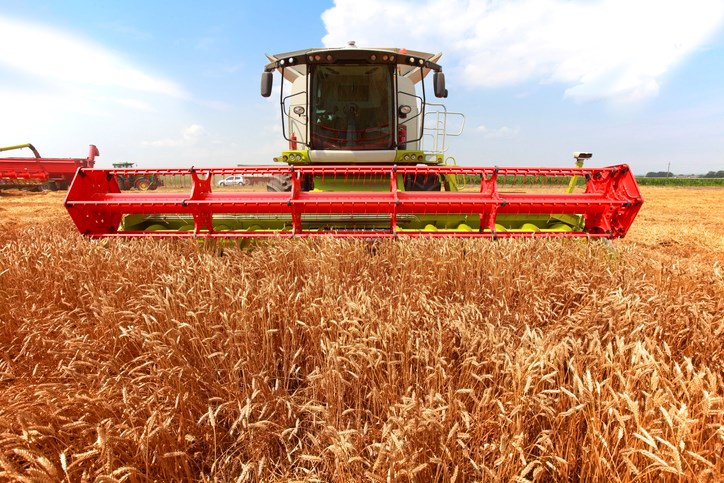YORKTON - It is rather standard fare in the world of science fiction – especially that with a dystopian tilt – that some ‘mega-corporation’ is at the heart of whatever bad thing is the backdrop of the book.
That alone is enough to wonder just what the future holds because there is most certainly a continuing trend to ever big entities in the world of business, and of course agriculture is very much a business.
The European Commission took just 35 days to give its blessing to the merger between two of the world’s largest grain merchandisers, Bunge and Viterra, and just the announcement the two giants were becoming one sent ripples of concern through the farm sector.
One can easily understand why, two potential buyers for a farmers grain becoming a single option lessens competition.
But this merger is hardly something new.
Pop back to the 1940s & 50s and every small community had a line of grain elevators vying for a farmer’s grain, most of those companies long gone now. Some of course just failed and closed, but others were simply absorbed by ever-larger competitors.
Stateside consumers should at least have some interest in what their Federal Trade Commission verdict will be on Kroger’s two-year-old, US$24.6 billion bid to buy competitor Albertsons.
It’s another very big business fish eating a competitor and in the process competition is lessened which means the consumer will have less natural protection that competition typically brings in terms of product pricing.
Of course there is little doubt the trend will continue. Bigger is seen – if not as being better – at least more profitable.
That makes some sense simply based on rationalization – less warehouses, or trucks, and of course staff, and that comes with the expectation of greater sales by the company doing the buy out.
We have seen this same reality in farming of course.
Farm size in major grain growing regions – the Canadian Prairies, American Midwest etc. – have generally trended toward ever larger since the end of the First World War. That trend will not suddenly change.
And it’s the same on livestock side of things.
Herds are ever-larger.
Gone are the days every farm had a few milk cows and delivered cans of cream to a local dairy.
Those same farms would have had a few pigs and laying hens too.
No longer.
Yes there are those who maintain a true mixed farm today, but they are now an exception not the norm.
Now the norm is a pig barn with hundreds of sows, a dairy with dozens of cows.
But is ‘mega-sized’ good for our collectively future?
That is a rather scary question to ponder.






